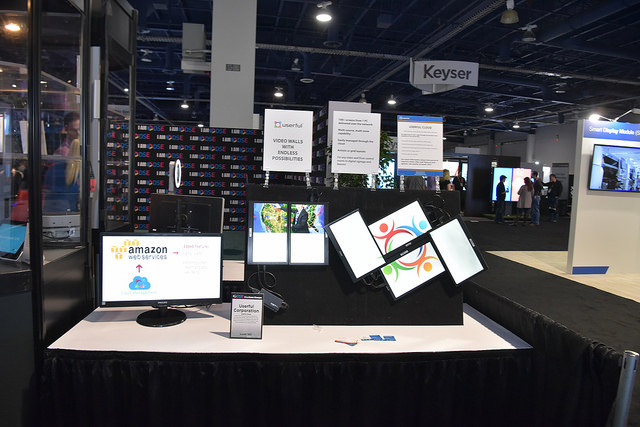In the year of 2018, the way we work is rapidly changing. Collaboration is a big-ticket term in the tech world, focusing on how business offices and meeting spaces can raise the bar on teamwork. However, work no longer stays within the four walls of a brick and mortar place of business. According to a
survey by Gallup last year, 43% of the 15,000 employees surveyed said they spent at least some time working remotely. And over the past ten years, telecommuting has experienced a
115% increase. Remote work will only go up from here. It is critical to understand the importance of collaboration with remote workers and clients that are outside of direct contact. Having the correct systems in place can make a huge difference in this collaboration by increasing productivity, resulting in a more than positive outcome. Let’s discuss the importance of collaboration, no matter the location of your employees and just how you can make this happen for your business.
Understanding the Value of Collaboration
Picture it: you have a busy business office, but everyone is doing their own thing. There are no goals, no projects discussed, and client work is completed on a first come first serve basis. What does this sound like to you? Yes, it’s a disaster. And without collaboration, this is exactly what your business could look like. Add remote work to this equation and you have an impossible situation. Remote work takes a level of collaboration that calls for all hands-on-deck. The bottom line is this:
collaboration equals productivity. Businesses are looking for better ways to work smarter, not harder and in less time. The result? A level of productivity that has infinite value. A recent study completed by the Institute for Corporate Productivity found that companies who promoted collaborative working were five times as likely to be high performing. When collaboration is working to the highest degree, communication, performance and overall employee satisfaction are improved, creating a successful environment for all.
How to Make It Happen
When it comes to fostering communication between on-site and remote employees, you must have a collaboration strategy first. Let’s discuss how you can make collaboration a part of your business starting today.
Embrace Technology
The study quoted above found that performance was based on the promotion of collaboration. What does it mean to promote a collaborative work environment? Businesses must offer the tools and methods necessary to work collaboratively such as video conferencing, productivity applications, cloud-based solutions and more. Remote team members will need seamless methods of communication for team meetings, brainstorming, and basic communication within the business. Keeping your remote team in the loop is critical for productivity. Tools such as
visual collaboration spaces were created with this need in mind. It is simply not possible to stay collaborative without the tech to back it up.
Create a Collaborative Culture
Your business culture is what makes your business tick at the end of the day. If true collaboration is on your wish list, you will need to create a company culture that places importance on collaboration and teamwork. This means creating policies that align with both remote and in-office work, creating open lines of communication for concerns and implementing the tools that will allow all employees to build on and understand that culture. Business owners should lead by example, creating a culture that celebrates and collaborates seamlessly with remote employees.
Perfect Your Communication Strategy
When it comes to remote employees collaborating with on-site employees, communication is key. It is critical to
perfect your communication strategy first. This strategy should include all your productivity tools such as communication tools, video conferencing and applications, as well as other pertinent information like time zone differences, the ability for remote employees to find their work and other business-related needs such as time tracking and company info. Ask yourself this question: How will I make sure my remote employees can receive their work and the support required to complete it? Remote work is expected to grow. To ensure you stay productive, collaboration must happen between remote and on-site employees. By perfecting your communication strategy, creating a culture of collaboration and embracing all the tools that technology has to offer, you will be well on your way to seamless collaboration. After all, how will you compete in the business of the future without it?

 Canada
Canada Australia
Australia New Zealand
New Zealand UAE
UAE United Kingdom
United Kingdom




